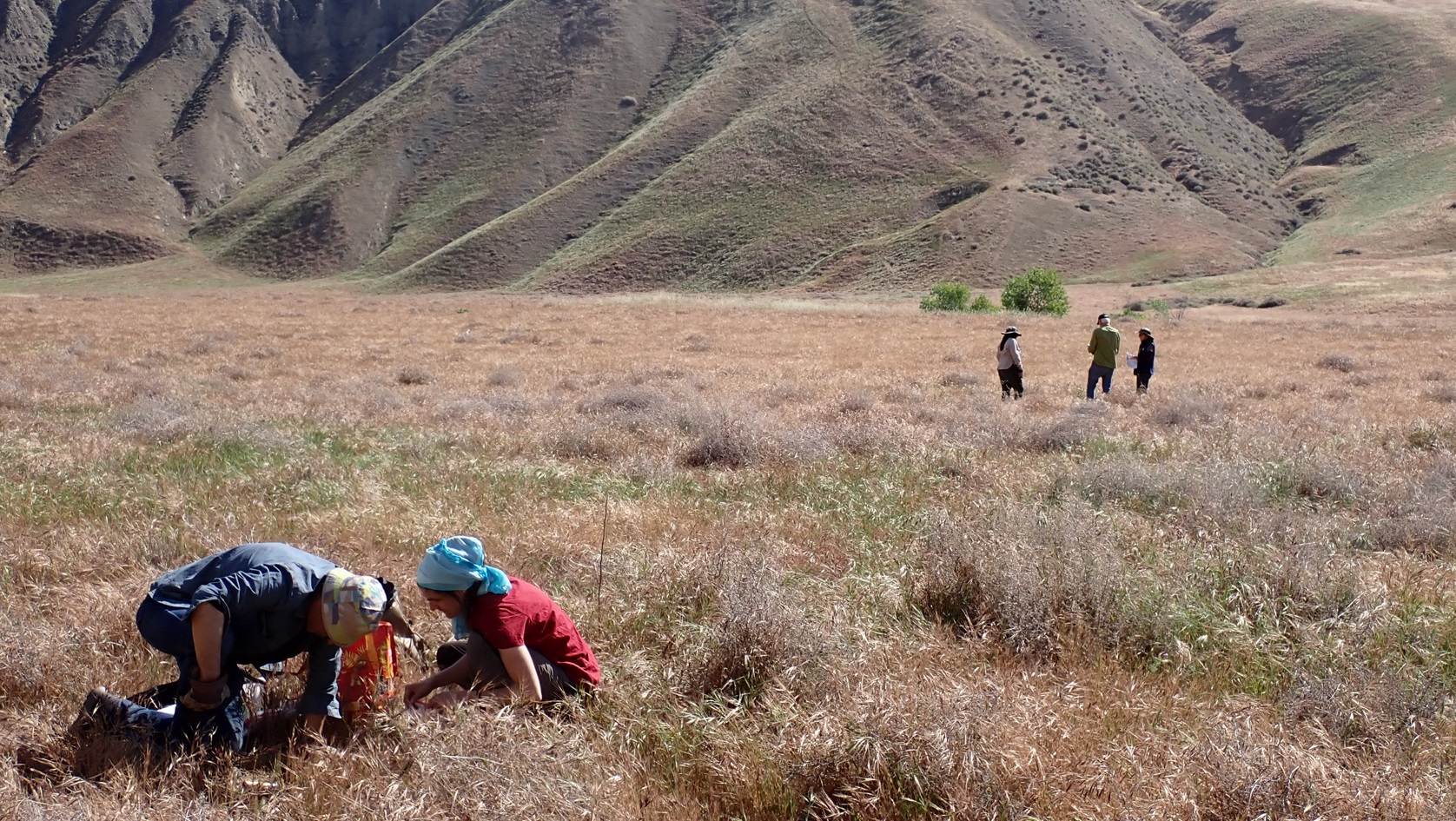As you all know, we were on fieldwork at the end of April. The main objective of this fieldtrip was to make a referential transect from the Pacific coast to the top of the inland mountains in Kern County. This mission could allow us to better calibrate fossil reconstructions in our study areas using the current pollen signal. By collecting moss and surface samples from the most currently representative vegetation groups, we can draw a pollen diagram for each one. This way, we can easily calibrate the pollen reconstructions we obtain from the past, understanding in a more accurate way the landscapes we see in each period.


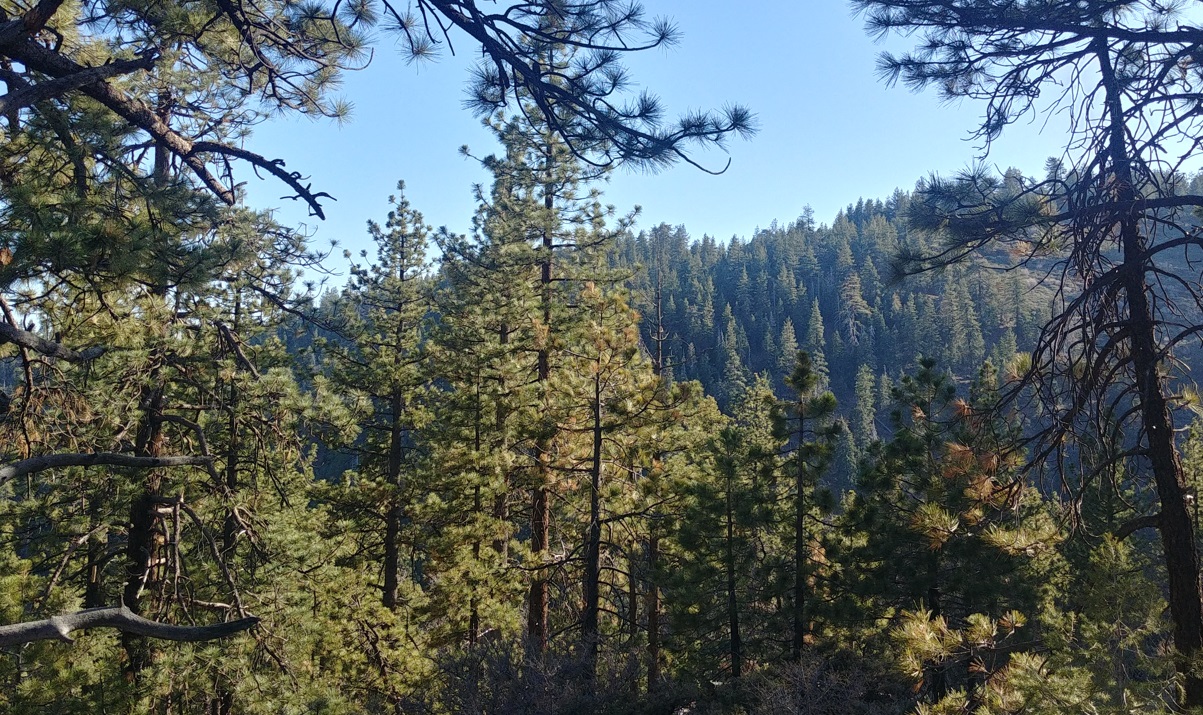
This fieldtrip was also useful to track vegetation changes from the sea level to the high mountains, and trained our sight for recognising these transformations and the variations of each group in the landscape. Besides, it helped us to better understand different ethnographical aspects of the Chumash’s land-use management, like the role played by the fire in their hunting strategies, for example. All of this took us only an intense, risky, and exciting fortnight.
We had only the first week to drive from Santa Barbara to the top of Transverse Ranges in Kern County and collected more than one hundred samples in over 40 locations. This time we were only four of us: Ana, Scott, Yannick and Reyes, and soon we got a good pace in a perfectly synchronized teamwork although we did not rehearse a single time. We quickly confirmed the golden rule of the three Cs: wear a Cap, apply as much sun Cream as you can, and make Creepy noises to avoid the rattlesnakes! Difficult to say, however, who was more scared, if the rattlesnakes or us. Take a look at the next entries to know more about each location we sampled and the funny moments we lived!

The second week was also very intense, but different. After crossing the unexpectedly diverse views of the Mojave Desert, leaving California behind, and driving along the historic Route 66 for a while, we arrived to Flagstaff, Arizona. There we spent the whole week working hard in R. Scott Anderson’s awesome Paleoecology laboratory (LOP) at the Northern Arizona University (NAU).
The tasks were easy but intense and condensed in time. The most urgent thing to do was to classify and organize the samples we collected in California. As the chemical processing of the samples will be done in the LOP-NAU lab, we had to prioritize samples. This is adifficult thing to do when everything seems so interesting and you are in a hurry to discover the wonders each sample hides. We also discussed the treatment procedures and the processing schedule. Once this important mission was solved, we focused on subsampling a core taken in Kern country during our previous fieldtrip last Fall, and preparing it for an transoceanic shipment, a really long trip in a box! We also took pictures of the impressive pollen reference collection at the LOP-NAU and prepared some samples for radiocarbon dating.
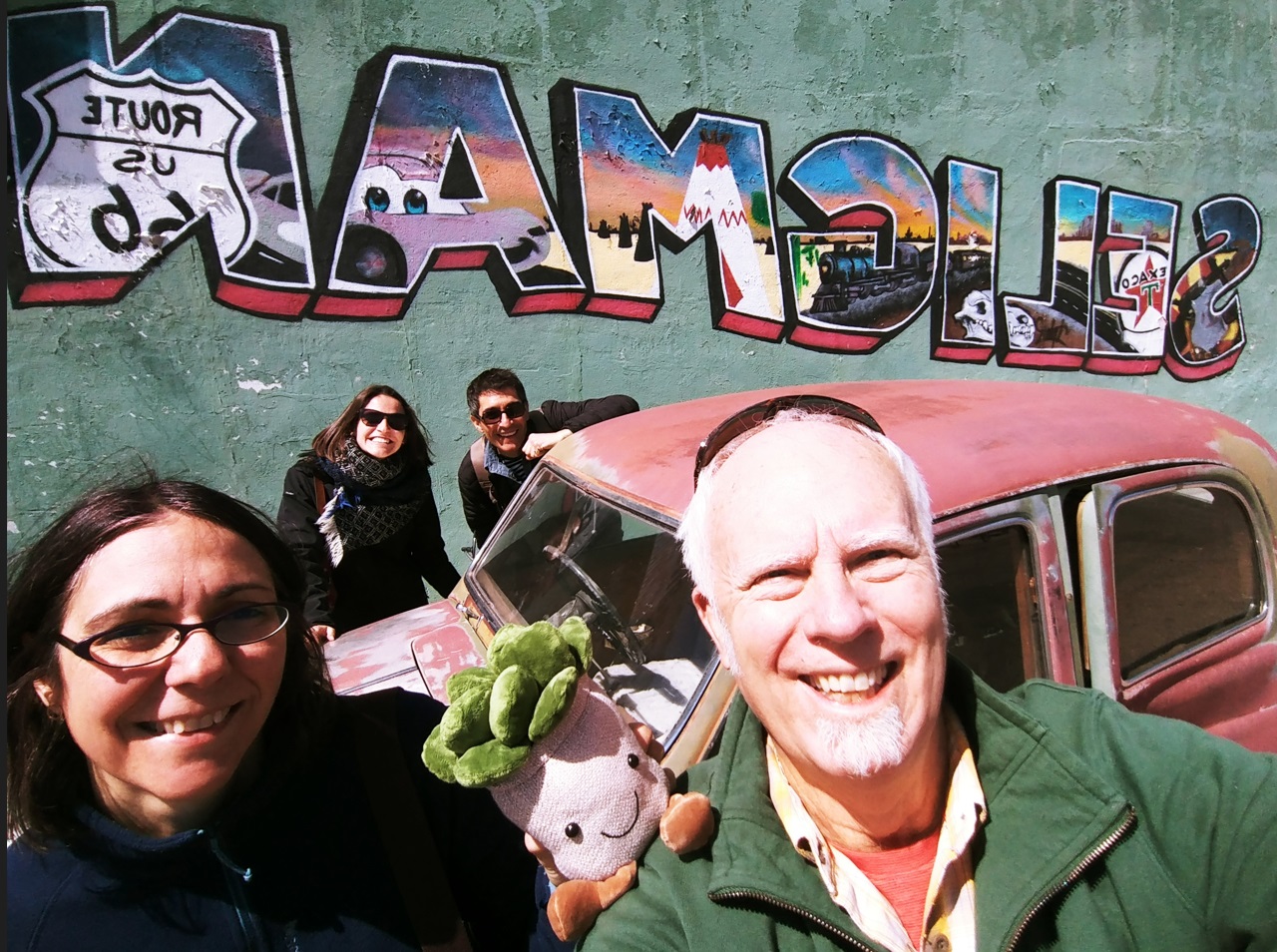
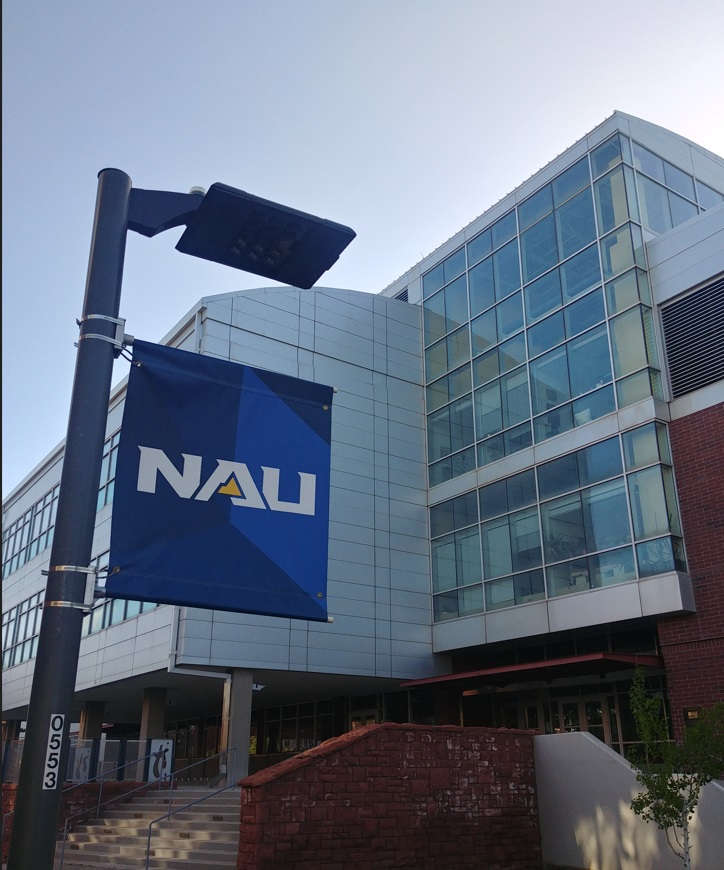
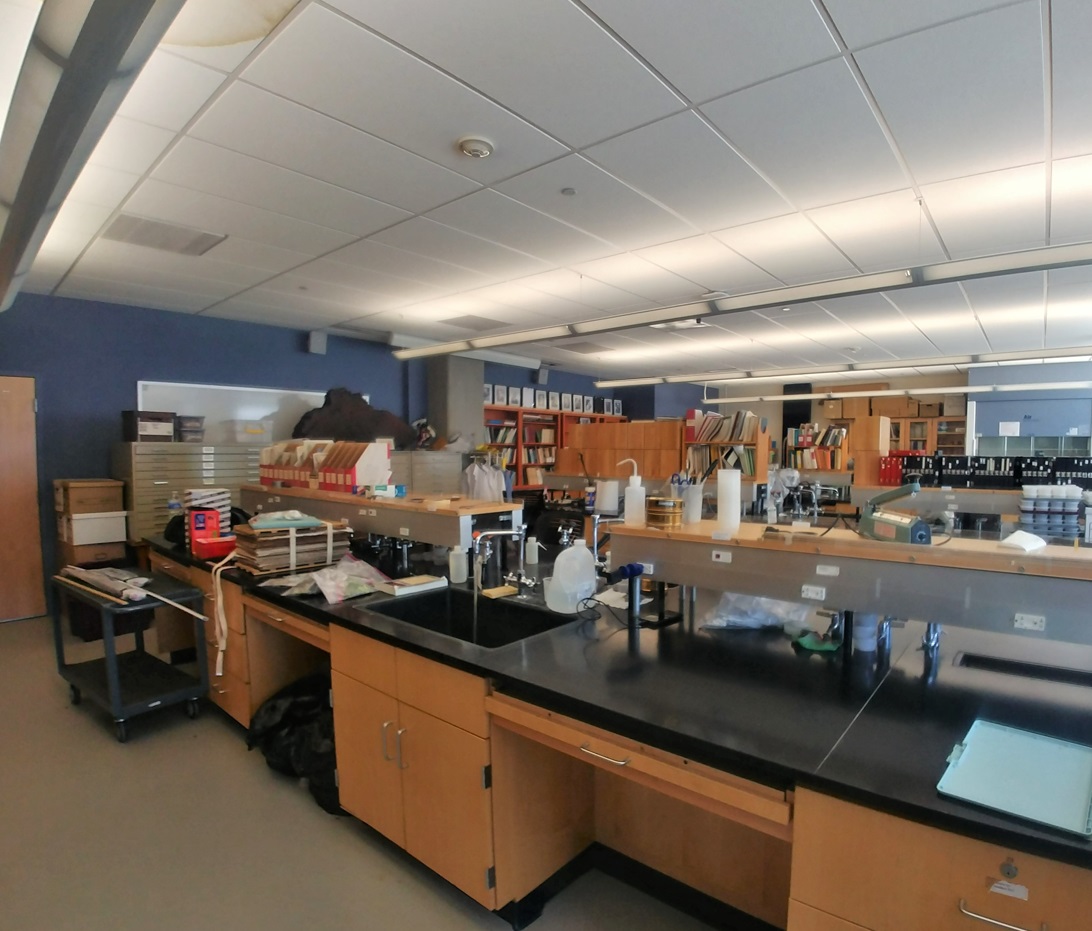
By the end of the second week, after a long travel through the Far West (and up to the Far West), and some few and intense days in NAU, we were prepared to go back to France, with the eyes full of wonders, legendary trees, and so much pollen in the pocket to study within MeSCAL!
